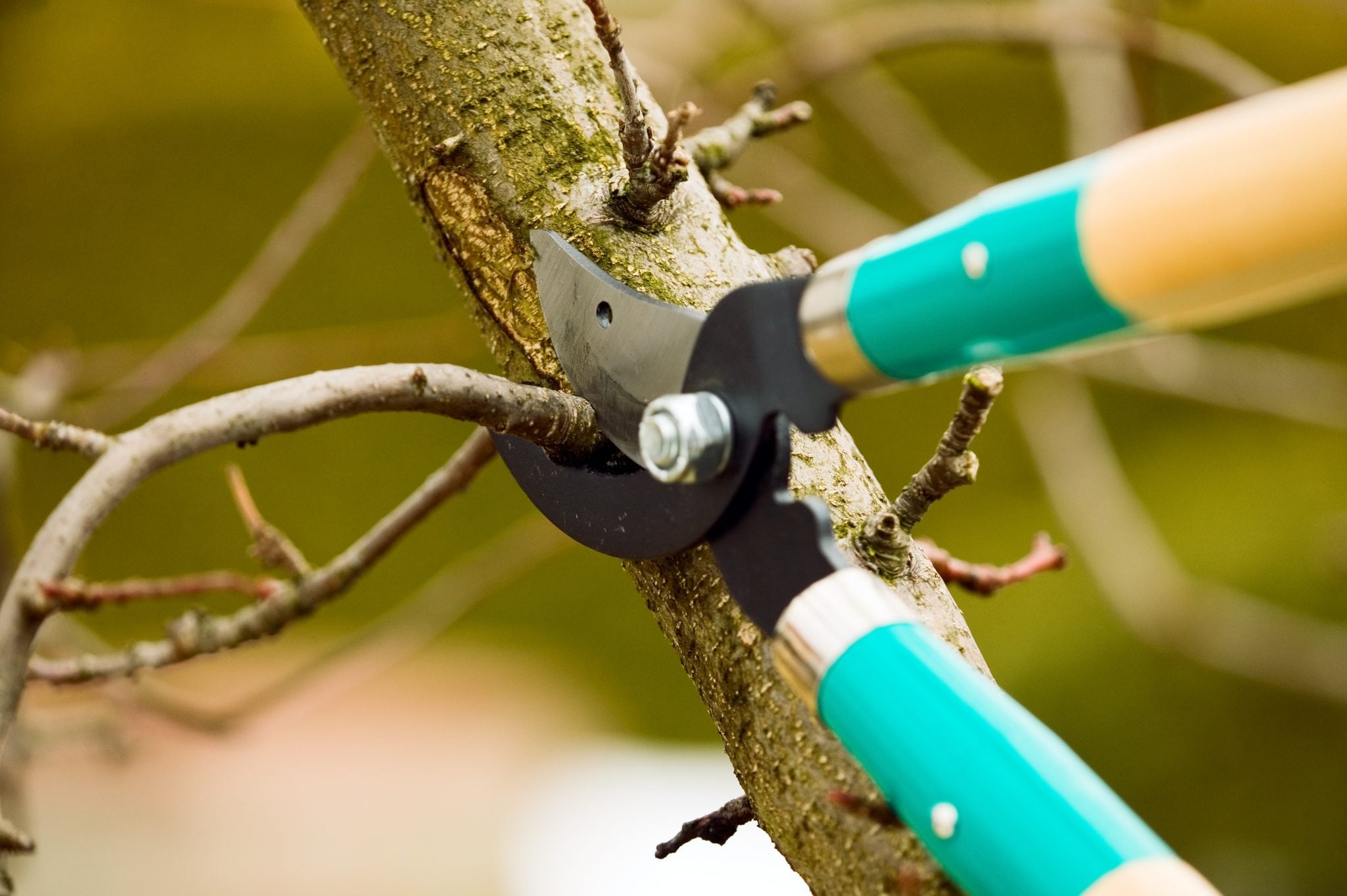Trees are like works of art. Their branches and leaves create patterns that change with the seasons, and their trunks bear the scars of the passing years. But unlike a painting or sculpture, trees are living organisms that require maintenance to remain healthy and beautiful. One of the most important ways to care for trees is through pruning.
Proper pruning can enhance a tree’s form, improve its health, and prevent future problems. However, pruning is not just about cutting branches. It is a delicate art that requires knowledge, precision, and a deep understanding of tree anatomy. In this article, A-Z Landscaping will explore the art of pruning trees for optimal health and beauty.
The Science of Pruning
Before diving into the details of pruning, it is essential to understand the science behind it. Trees are complex organisms with intricate growth patterns. The anatomy of a tree consists of several parts, including roots, trunk, branches, and leaves. Trees grow by adding new tissues at their tips, known as apical meristems. The lateral meristems, also known as cambium, are responsible for the increase in girth of the trunk and branches.
Pruning involves removing specific parts of a tree to promote healthy growth and enhance its beauty. Pruning aims to remove dead or diseased wood, control growth, and improve tree form. Proper pruning also increases light penetration and air circulation, which is essential for the health of trees.
Tools for Pruning
Having the right tools is important for successful pruning. Some of the necessary tools for pruning include pruning shears, loppers, pruning saws, and pole pruners. Each tool is designed for a specific purpose, and choosing the right tool for the job is crucial. Maintaining and caring for pruning tools is also key to ensure they remain sharp and effective.
When to Prune
The timing of pruning is critical for the health of trees. Different tree species have unique growth habits, and pruning during the wrong time of year can result in significant damage. Pruning during the dormant season, when trees are not actively growing, is ideal. Pruning during the growing season can cause stress to the tree and make it susceptible to disease and pests.
Types of Pruning
There are several types of pruning techniques used for different purposes. Thinning involves removing entire branches to increase light and air penetration. Heading involves removing a portion of a branch to stimulate growth in the remaining section. Topping is the removal of the top portion of a tree to reduce its size. Pollarding involves cutting the tree back to the same location every year to stimulate new growth. Crown reduction is the reduction of the size of the entire crown while preserving the natural shape of the tree.
Techniques for Pruning
Pruning requires precision and knowledge of tree anatomy. Making the right cuts is essential to avoid damaging the tree. Cuts should be made at a 45-degree angle, just outside the branch collar. Proper branch placement is also essential, as it affects the overall form of the tree. Avoiding damage to the tree is vital, and it is recommended to use a professional for large or complex pruning jobs.
Pruning Young Trees
Pruning young trees is essential to establish the tree’s shape and encourage a strong branch structure. Proper pruning during the early years can prevent future problems, such as weak crotches and multiple leaders. Controlling growth during the early years can also promote optimal health and prevent property damage.
Pruning Mature Trees
Mature trees require pruning to restore their health and enhance their beauty. Removing dead and diseased wood is crucial for the tree’s overall health. Enhancing the form of the tree can also increase its aesthetic value and prevent future problems, such as branch failure.
Safety Precautions
Pruning can be dangerous, and safety precautions should always be taken. Protecting yourself and others is crucial, and wearing protective gear, such as gloves and eye protection, is recommended. Safe use of pruning tools is also important to prevent accidents. Avoiding damage to property, such as power lines and buildings, is also major.
Conclusion
Pruning trees is a skill that requires knowledge and precision. Proper pruning can enhance the beauty of trees and promote optimal health. Understanding the science behind pruning, having the right tools, and knowing when and how to prune is crucial. Pruning young and mature trees and taking safety precautions ensures trees remain healthy and beautiful for generations to come.






